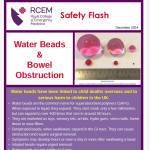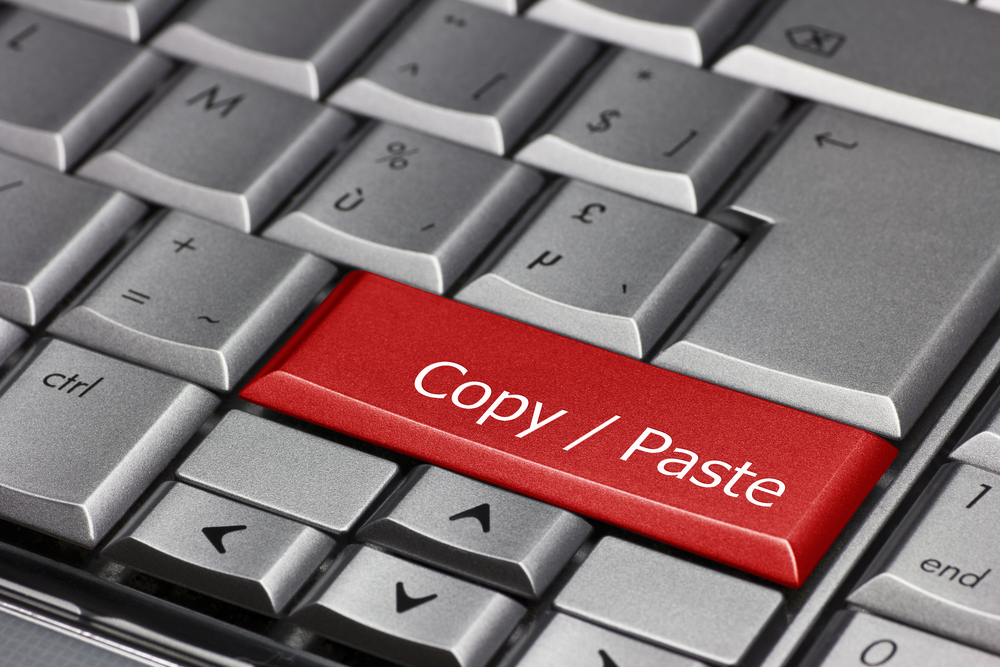
What Should an Expert Wear to Court?
10th February 2025
The Hidden Health Dangers of Water Beads
4th March 2025In a recent 2024 case, the judge was obviously less than impressed with the conduct of one expert witness who was found to, in the judge’s opinion, ‘have no regard to the Practice Direction’ and ‘who was prepared materially to mislead the court’.
This is a damning indictment of the expert witness’s casual disregard in this case for the Rules and Guidance. All expert witnesses must strictly adhere to this in court, in particular the requirement that an expert witness should make clear that matters referred to in a report are within their own knowledge and which are not.
Rashpal Samrai & Ors v Rajinder Kalia
The case to which we refer here was of a particularly sensitive nature. It involved allegations of sexual and financial impropriety, with the added complication of this taking place within a religious setting. Both the defendant and the claimants called on expert witnesses of equal professional standing to give psychological/psychiatric evidence. The claimants’ expert witness, however, fell short of what was expected.
The First Misstep
The expert witness stated that she produced four reports on behalf of the claimants and, in addition, participated in an agreed joint report with the witness for the defendant. She confirmed that per the Guidance, these were ‘true to the best of her knowledge and belief’ and declared her familiarity with Part 35 and the Practice Direction, 35PD.3, paragraph 9.
The expert witness was asked why none of her reports contained the required statement indicating her understanding of the duties under Part 35, to which she replied in what appeared to be a casual and vague manner that she was unsure as she would ‘normally put that in’.
Further questioning revealed that she had failed to follow the Part 35 procedure in that she omitted all the obligatory statements regarding her understanding of the guidance and her duty to the court. Neither had she included a statement of awareness of the requirements of Part 35 and the guidance required for expert witnesses in civil claims 2014.
The only defence the expert witness could offer was an admission that she had left out the necessary statements and ‘made an error’. Unfortunately, errors such as these could negatively impact a case.
The Incompetence Continued
It was pointed out to the expert witness that her evidence could be interpreted as ‘misleading’ owing to the omission of other essential documents with her reports. Instructions contained in paragraph 55 of the Guidance made clear that all materials sent to experts by solicitors should be listed with dates. This would seem obvious but the expert witness in this case provided no list of documents nor an appendix nor a summary of conclusions.
She continued to deny knowledge of why she failed to do everything required of her in presentations to court. Matters didn’t improve for her when it was pointed out that in referring to factual issues and potential disputes between the parties, she admitted that her report was not based on any actual evidence or clinical evaluation.
She agreed that she had lost sight of her role as an expert and her duty to the court.
It also became clear that her research into issues relating to the case was based on an article written by Dr Lucia of the University of California-Riverside. Further questioning confirmed that the witness had, in fact, plagiarised data from the article to include in her report.
The conclusion
The judgement was that no reliance could be placed on the expert’s reports and that she had little to no regard to the Practice Direction and Guidance.
Because of this and her apparent lapses of memory in compiling her reports, the court rejected her evidence.
This serves as a stark lesson to those tasked with giving expert evidence in cases of a sensitive nature, and indeed of other legal matters. A failure of an expert witness to give proper attention to the rules and guidance could well mean injustice for those who rely on them.




